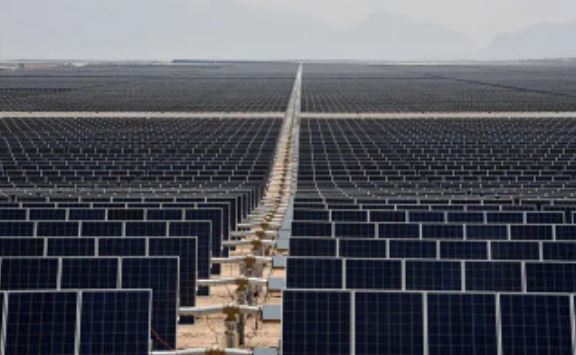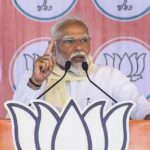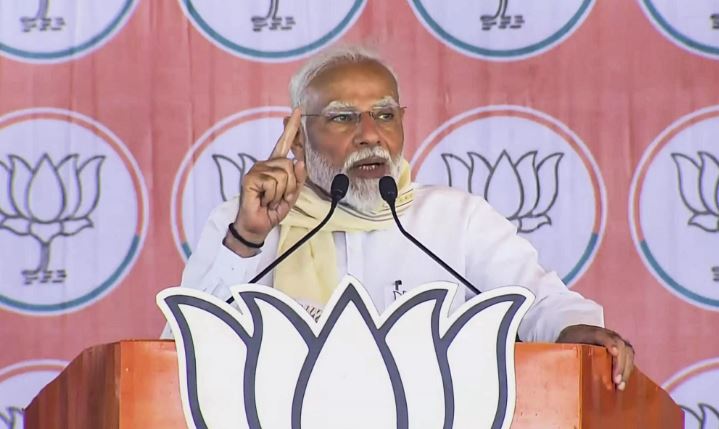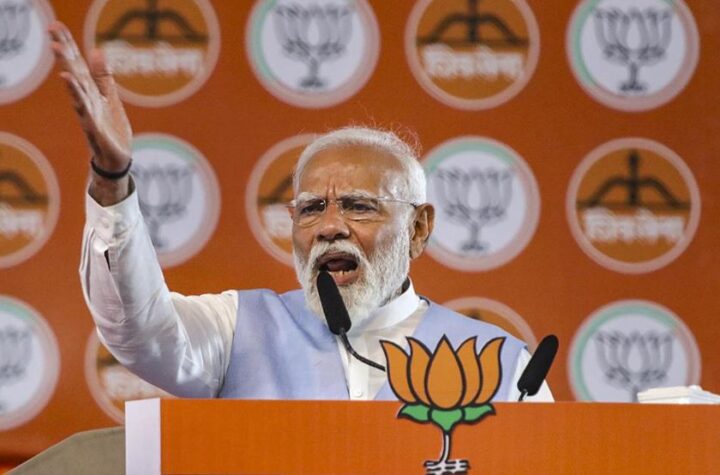New Delhi: India’s 14th National Electricity Plan (NEP) sets it on a path to more than triple its renewable energy capacity by 2030, but there’s a hurdle – The country needs a whopping USD 293 billion to achieve this, according to a report released by global energy think tank Ember today. The International Energy Agency (IEA) says the world must triple its renewable energy capacity and double energy efficiency by 2030 to decrease the need for fossil fuels and limit global warming to 1.5 degrees Celsius by the end of the century. Led by the US, the European Union (EU), and the UAE, over 60 countries now support the commitment to triple renewable energy and double energy efficiency. While the G20 nations have endorsed tripling renewable energy capacity by 2030 under India’s presidency, the UAE, hosting this year’s UN climate conference, advocates for a global agreement on this at COP28. Ember’s analysis reveals that India requires an additional financing of USD 101 billion (one billion=Rs 100 crore) to further expand its renewable energy capacity and align with the IEA’s proposed net-zero scenario. The IEA’s Net Zero Emissions by 2050 Scenario outlines a global pathway to achieve net zero CO2 emissions by 2050, with advanced economies reaching net zero emissions ahead of others. In climate terms, net zero means achieving a balance between the greenhouse gases put into the atmosphere and those taken out. The Ember report suggests that India is already planning a substantial increase in renewable energy, making it feasible to achieve the goal of tripling renewable energy capacity. However, if the country aims to follow the IEA’s plan and achieve “net-zero” status (where it doesn’t produce more greenhouse gases than it removes), it needs to set even higher goals. This implies that India would need to generate around 32 per cent of its energy from solar and 12 per cent from wind by 2030. To achieve this, India will need to add an additional capacity of 115 GW of solar and 9 GW of wind by 2030, on top of the targets set in its NEP14 plan. This will increase India’s total renewable capacity to 448 GW of solar and 122 GW of wind by 2030. India’s current goal is to reach 500 GW of installed electricity capacity from non-fossil fuel sources by 2030. Between 2023 and 2030, the country requires USD 293 billion to meet its current goals for solar and wind power, the report said. However, to further expand the country’s renewable energy capacity to align with the IEA netzero pathway, it will need an additional USD 101 billion. The think tank highlighted issues such as payment delays and unfavourable rules and regulations that deter investors from providing the necessary funding to achieve these goals. The financial requirements to achieve both the NEP14 target and the IEA net-zero scenario far surpass the current investment and funding capacities available in India, the report said. Neshwin Rodrigues, Ember’s India Electricity Policy Analyst, said, “Despite investment risks, India needs financing to build capacity in renewables, storage, and transmission to meet the NEP14 targets. To further enhance ambitions to align with the global net-zero pathway, securing significantly more financing at competitive rates will be crucial to ensure India’s viability in reaching this goal. Access to this finance is critical for India to avoid constructing new coal capacity to meet its rising demand in this decade.”
Exclusive
Breaking News











More Stories
Low vision clinic inaugurated at AIIMS Bhubaneswar
Urban education programme comes in handy for Odisha’s tribal, dalit kids
Now country ‘aatank’ struggling for ‘aata’: PM